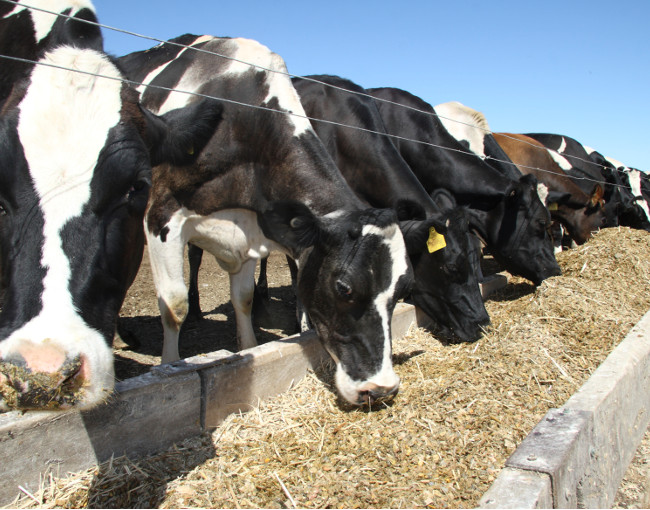Primary responsibility for ensuring the truthfulness of labels on meat, poultry, and egg products resides with the Food Safety and Inspection Service (FSIS). The FSIS is the public health agency of the U.S. Department of Agriculture responsible for ensuring a safe commercial food supply, accurate labeling and appropriate packaging.
All labels with special claims — including those relating to animal raising practices — must be submitted to the FSIS before being used on a product. 9 CFR 412.1(c)(3). These types of labels are not eligible for generic label approval. Animal raising claims include statements such as “Local” “Locally Raised” “Free Range” “Environmentally Raised” and “Cage Free” to name just a few. For a more complete list, check out FSIS Compliance Guidance for Label Approval, available here.
Thus, if a company wants to label a meat product as “Grass Fed,” the FSIS must first approve the label. To obtain approval of the claim, the company must submit an application and the FSIS will determine if “the animal raising information submitted with the label application” is “truthful and not misleading.”
On October 5, 2016, the FSIS issued an updated compliance guideline on labeling and documentation needed to substantiate animal raising claims for label submission. The prior guideline was issued in 2002. In the guideline, the FSIS clarified the documentation typically necessary to support these claims, including:
- A detailed description explaining the controls used for ensuring that the raising claim is valid from birth to harvest or the period of raising being referenced by the claim;
- A signed and dated document describing how the animals are raised (e.g., vegetarian-fed) to support that the specific claim made is truthful and not misleading;
- A description of the product tracing and segregation mechanism from time of slaughter or further processing through packaging and wholesale or retail distribution;
- A written description for the identification, control, and segregation of non-conforming animals or products; and
- If a third-party certifies a claim, a current copy of the certificate.
The guidance on labeling also details how establishments using purchased products bearing animal raising claims as ingredients or in product repackaging may use the purchased product label as documentation to support carrying over the same claim to a new label. The FSIS requires certain documentation for these establishments, including, for example, a copy of the incoming purchased label bearing the claim.
The guidance also provides specific examples of documentation necessary to substantiate certain claims related to (1) animal age, (2) animal welfare and environmental stewardship, (3) breed, (4) diet, (5) living/raising conditions, (6) raised without antibiotics, (7) raised without hormones, (8) source/traceability, and (9) third-party certification.
Even though this guidance has already issued, the USDA is seeking comments and noted that it will update the document in response to the comments.




